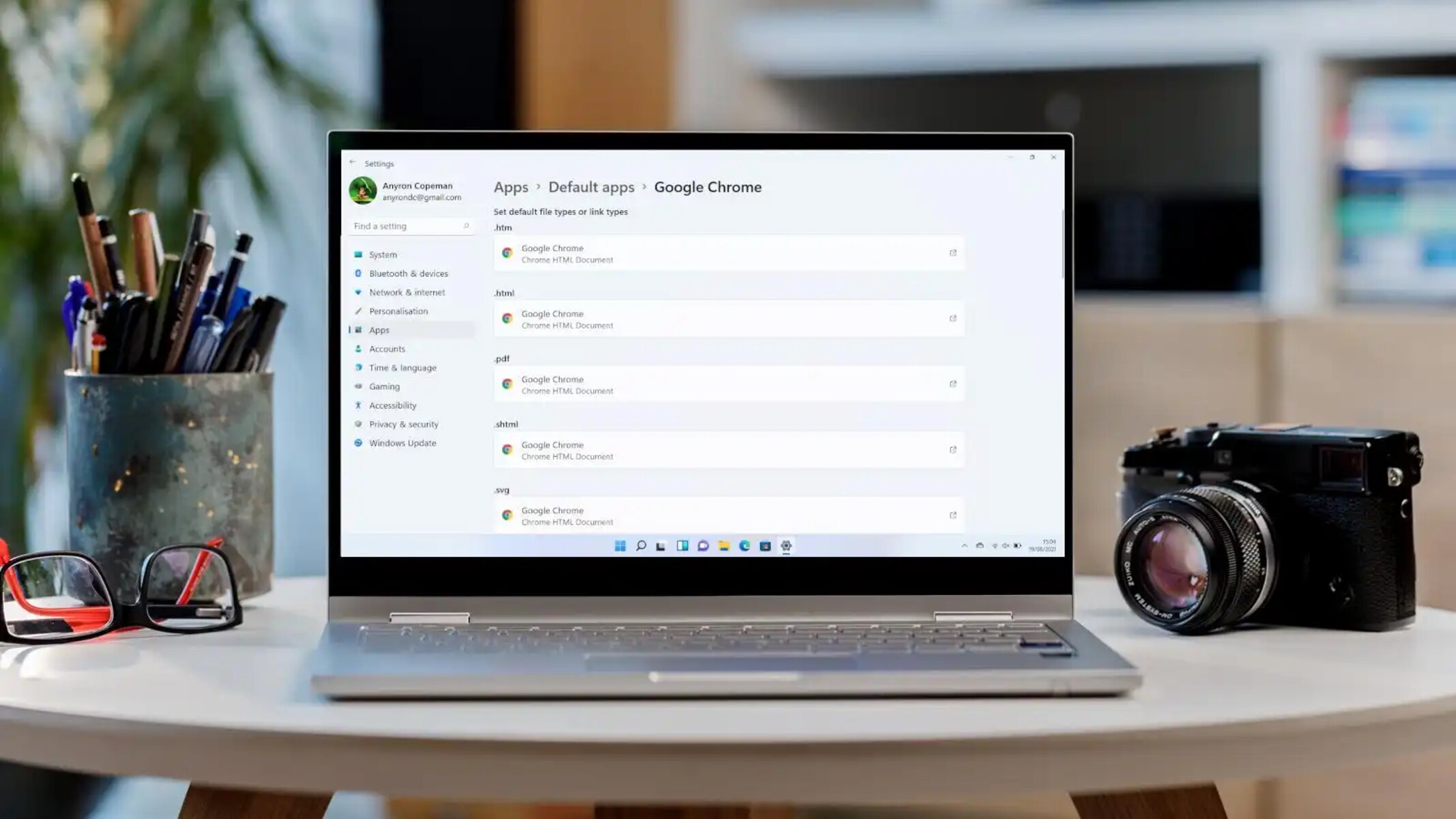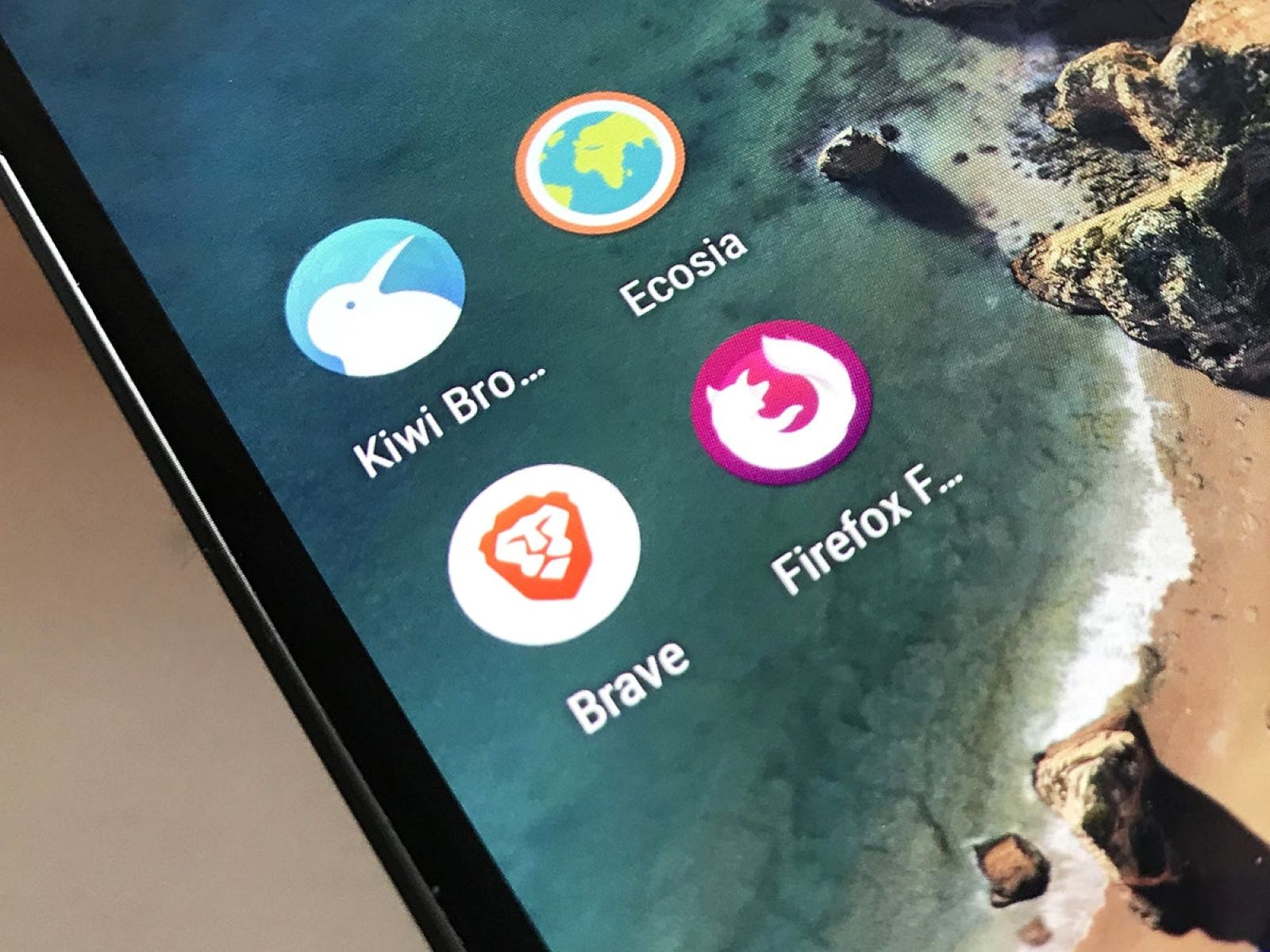Introduction
Changing your browser's location can be a valuable tool for various reasons. Whether you want to access region-restricted content, test how your website appears in different locations, or protect your privacy, altering your browser's location can be a useful skill to have. Fortunately, there are several methods available to achieve this, ranging from using developer tools to leveraging browser extensions and geolocation spoofing websites. Each method offers its own set of advantages and can be tailored to suit your specific needs.
In this article, we will explore three effective methods for changing your browser's location. By following these methods, you can gain a deeper understanding of how to manipulate your browser's location settings and unlock a world of possibilities. Whether you're a developer, a privacy-conscious individual, or simply curious about the capabilities of modern web browsers, this guide will equip you with the knowledge and tools to change your browser's location with ease.
Let's dive into the methods and discover how you can alter your browser's location to suit your needs. Whether you're looking to virtually travel the world from the comfort of your home or gain insights into how websites behave in different regions, the following methods will empower you to take control of your browser's location settings.
Method 1: Using Developer Tools
One of the most straightforward methods for changing your browser's location is by utilizing the built-in developer tools. This method is particularly advantageous for web developers and testers who need to assess how their websites or web applications perform in different geographical locations. By manipulating the browser's location settings through developer tools, you can simulate user experiences from various regions without physically relocating.
To change your browser's location using developer tools, you can follow these steps:
-
Accessing Developer Tools: Open your web browser and navigate to the website for which you want to modify the location. Once on the site, right-click anywhere on the page and select "Inspect" or press "Ctrl+Shift+I" (Cmd+Option+I on Mac) to open the developer tools panel.
-
Opening the Sensors Tab: Within the developer tools panel, look for the "Sensors" tab. This tab allows you to simulate different sensor inputs, including geolocation. Click on the "Sensors" tab to access the geolocation settings.
-
Modifying Geolocation Settings: In the "Sensors" tab, you will find options to override the default geolocation settings. You can enter specific latitude and longitude coordinates or select predefined locations from a dropdown menu. By adjusting these settings, you can effectively change your browser's location to match the desired geographical coordinates.
-
Testing the Modified Location: After modifying the geolocation settings, refresh the webpage to see how the website behaves based on the new location. This allows you to observe any location-specific content, such as localized promotions or region-specific features, as if you were accessing the site from the modified location.
By leveraging developer tools to change your browser's location, you can gain valuable insights into how websites cater to diverse audiences. Additionally, this method enables you to troubleshoot location-based issues and ensure that your web content is optimized for users across different regions.
Overall, using developer tools to modify your browser's location provides a practical and efficient way to test and analyze the geographical aspects of web-based projects. Whether you're a web developer, quality assurance professional, or simply curious about the technical capabilities of browsers, this method offers a convenient solution for altering your virtual location with precision and ease.
Method 2: Using Browser Extensions
Another effective method for changing your browser's location involves the utilization of browser extensions. These extensions are designed to provide users with a seamless way to modify their virtual location, offering a wide range of functionalities to cater to diverse needs. Whether you're looking to access geo-restricted content, enhance your online privacy, or conduct location-specific testing, browser extensions can serve as valuable tools in your virtual location manipulation arsenal.
To begin using browser extensions for altering your browser's location, you can follow these general steps:
-
Selecting a Suitable Extension: Start by exploring the available browser extensions that offer geolocation manipulation features. Popular browsers such as Google Chrome, Mozilla Firefox, and Microsoft Edge provide dedicated extension marketplaces where you can search for and install relevant extensions.
-
Installing the Extension: Once you've identified a suitable extension, proceed to install it in your browser. This typically involves navigating to the extension's page in the browser's extension marketplace and clicking the "Add to Chrome" or "Add to Firefox" button, depending on your browser of choice.
-
Configuring the Extension: After installation, the extension may require initial configuration to customize your virtual location settings. This could involve specifying a desired geographical location, enabling location spoofing, or selecting from a list of predefined virtual locations.
-
Activating the Modified Location: Once the extension is configured, you can activate the modified location by toggling the extension's functionality on. This action effectively changes your browser's location to match the settings you've defined, allowing you to browse the web as if you were physically located in the chosen virtual location.
Browser extensions tailored for geolocation manipulation offer a user-friendly and accessible approach to altering your browser's location. They often provide intuitive interfaces, allowing you to effortlessly switch between different virtual locations and customize your browsing experience based on your specific requirements.
Furthermore, these extensions can be particularly beneficial for individuals seeking to bypass geo-blocked content, such as streaming services or region-specific websites. By changing your virtual location using browser extensions, you can unlock access to a broader array of online resources and enjoy content that may be restricted in your actual geographical location.
In summary, leveraging browser extensions to modify your browser's location presents a convenient and versatile solution for users seeking greater control over their virtual presence. Whether you're a frequent traveler, a content enthusiast, or a privacy-conscious individual, these extensions empower you to transcend geographical barriers and explore the internet from a diverse range of virtual perspectives.
Method 3: Using Geolocation Spoofing Websites
In addition to developer tools and browser extensions, another method for changing your browser's location involves utilizing geolocation spoofing websites. These online platforms are designed to provide a straightforward and accessible means of altering your virtual location without the need for complex technical configurations or software installations. Geolocation spoofing websites offer a user-friendly interface that allows you to simulate your location by specifying desired geographical coordinates or selecting predefined virtual locations.
To utilize geolocation spoofing websites for modifying your browser's location, you can follow these general steps:
-
Selecting a Geolocation Spoofing Website: Begin by identifying a reputable geolocation spoofing website that aligns with your specific requirements. There are several platforms available online, each offering varying features and capabilities for altering your virtual location.
-
Accessing the Website: Once you've chosen a geolocation spoofing website, navigate to its homepage using your web browser. These websites typically provide a simple and intuitive interface that facilitates the manipulation of your browser's location settings.
-
Customizing Your Virtual Location: Upon accessing the geolocation spoofing website, you will likely encounter options to specify your desired geographical coordinates or select from a list of predefined virtual locations. This customization allows you to tailor your virtual location to match the region you wish to simulate.
-
Activating the Modified Location: After customizing your virtual location, the geolocation spoofing website will typically provide a straightforward method to activate the modified location. This action effectively changes your browser's location to reflect the settings you've defined, enabling you to browse the web as if you were physically located in the chosen virtual location.
Geolocation spoofing websites offer a convenient and accessible solution for individuals seeking to alter their browser's location without the need for extensive technical knowledge or software installations. These platforms are particularly beneficial for users who require temporary or occasional changes to their virtual location and prefer a hassle-free approach to achieving this.
Furthermore, geolocation spoofing websites can be valuable tools for individuals conducting location-specific testing, accessing region-restricted content, or exploring how websites behave in different geographical contexts. By leveraging these platforms, users can gain insights into location-based functionalities and content availability, enhancing their overall browsing experience.
In summary, utilizing geolocation spoofing websites to modify your browser's location presents a user-friendly and versatile method for altering your virtual presence. Whether you're a casual user seeking to access geo-restricted content or a professional conducting location-based testing, these websites empower you to seamlessly simulate your virtual location and explore the web from diverse geographical perspectives.
Conclusion
In conclusion, the ability to change your browser's location opens up a world of possibilities, offering valuable insights, enhanced privacy, and access to region-restricted content. By exploring the methods outlined in this article, you can gain a deeper understanding of how to manipulate your browser's location settings and harness the benefits of virtual location alteration.
Whether you are a web developer, a digital content enthusiast, or simply curious about the technical capabilities of modern web browsers, the methods discussed provide practical and accessible means to modify your virtual presence. From utilizing developer tools to leveraging browser extensions and geolocation spoofing websites, each method offers unique advantages tailored to diverse user needs.
By using developer tools, you can simulate user experiences from different regions, troubleshoot location-based issues, and ensure that your web content is optimized for users across various geographical locations. This method is particularly beneficial for web developers and testers seeking to assess how websites or web applications perform in diverse global contexts.
Browser extensions tailored for geolocation manipulation offer a user-friendly and accessible approach to altering your browser's location. These extensions empower users to bypass geo-blocked content, enhance online privacy, and customize their browsing experience based on specific requirements. Whether you are a frequent traveler, a content enthusiast, or a privacy-conscious individual, these extensions provide a versatile solution for transcending geographical barriers and exploring the internet from diverse virtual perspectives.
Geolocation spoofing websites offer a convenient and accessible solution for individuals seeking to alter their browser's location without the need for extensive technical knowledge or software installations. These platforms are particularly beneficial for users who require temporary or occasional changes to their virtual location and prefer a hassle-free approach to achieving this. Whether you are conducting location-specific testing, accessing region-restricted content, or exploring how websites behave in different geographical contexts, these websites empower you to seamlessly simulate your virtual location and explore the web from diverse geographical perspectives.
In essence, the methods for changing your browser's location provide valuable tools for web development, privacy enhancement, and content accessibility. By mastering these methods, you can navigate the digital landscape with greater flexibility, insight, and control over your virtual presence. Whether you seek to test website functionality across global audiences, access geo-restricted content, or safeguard your online privacy, the ability to change your browser's location equips you with a powerful tool for navigating the modern web with enhanced versatility and understanding.

























